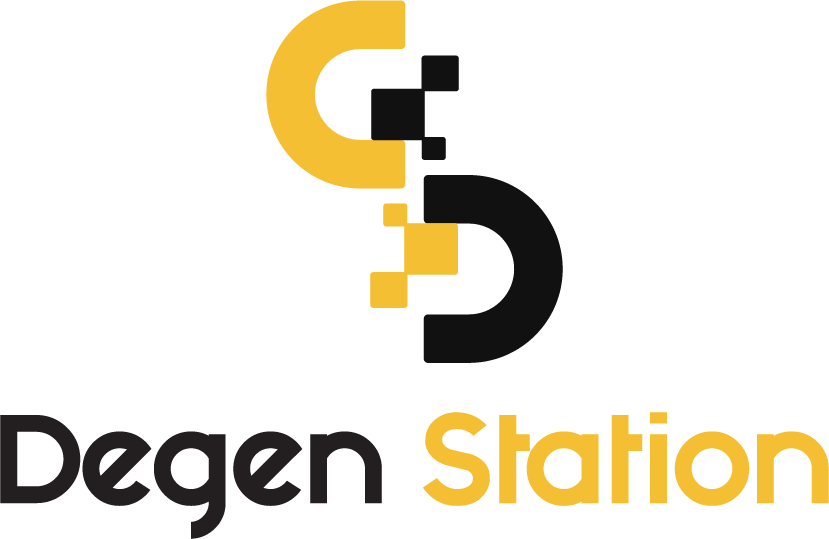Vitalik Buterin Successfully Shorted Stablecoin RAI

Ethereum founder Vitalik Buterin has successfully closed his short position on the stablecoin RAI, netting a profit of $92,000 after seven months.

According to on-chain data, Vitalik Buterin initially opened his position between May and June 2022 by borrowing 400,000 RAI and selling it for 1.2 million DAI—a different stablecoin.
Buterin closed his position on January 22 by converting $1.13 million worth of DAI and Ether into RAI. After repaying the original RAI loan, Vitalik realized a profit of $92,000.
Vitalik closed his short RAI position https://t.co/jeatjS1JT0 .
— kyoronut🛡️ | きょろナッツ (@kyoronut) January 22, 2023
Position summary:
- Age: ~230 days
- Borrowed: 400k RAI (sold for 1.221m DAI)
- Opening price: 3.053 RAI/DAI
- Closing price: 2.786 DAI/RAI (-8.7%)
- Profit: ~$92k https://t.co/IRmGgIFznI
RAI is a stablecoin developed by Reflexer Labs, collateralized solely by Ether. To mint RAI, users must lock up their Ether as collateral and pay a 2% fee.
Unlike other stablecoins pegged to $1, RAI uses an algorithm to maintain price stability. However, this mechanism has proven ineffective over the past year, with RAI's price fluctuating from $3.07 to $2.79.
Although Buterin's profit from this position is not massive, it has drawn attention by highlighting potential design flaws in RAI.
ETH-only RAI was a mistake
— Ameen Soleimani (@ameensol) January 23, 2023
the ETH staking yield means that borrowing RAI against pure ETH will always have some % opportunity cost
the RAI redemption rate should almost always be negative to reflect this opportunity cost
decentralization is expensive, people don't want to pay pic.twitter.com/rMCs1tCFlN
Ameen Soleimani, co-founder of Reflexer Labs, used Buterin's trade as a case study to point out issues with RAI's current design. Soleimani noted that RAI holders do not benefit from staking the Ether used as collateral, representing an opportunity cost. As a result, the redemption rate for RAI, which helps maintain stability, often falls into negative territory, causing the token's value to decline.
Soleimani suggested addressing this issue by adding stETH—liquid staking tokens that continuously accrue rewards for holders—to the collateral assets. Implementing this proposal would increase the collateral value over time, benefiting RAI holders and reducing the opportunity cost associated with not staking ETH.
Additional Insight:
Another noteworthy detail is that the team behind RAI initially eliminated the admin key when launching the project. Unlike many Ethereum projects with an admin key that allows protocol upgrades, RAI opted for a “decentralized” approach. Soleimani subsequently acknowledged responsibility for the project's "ungoverned" design.
Soleimani also mentioned that the only way to include stETH in the collateral assets would be to restart the project from scratch.





